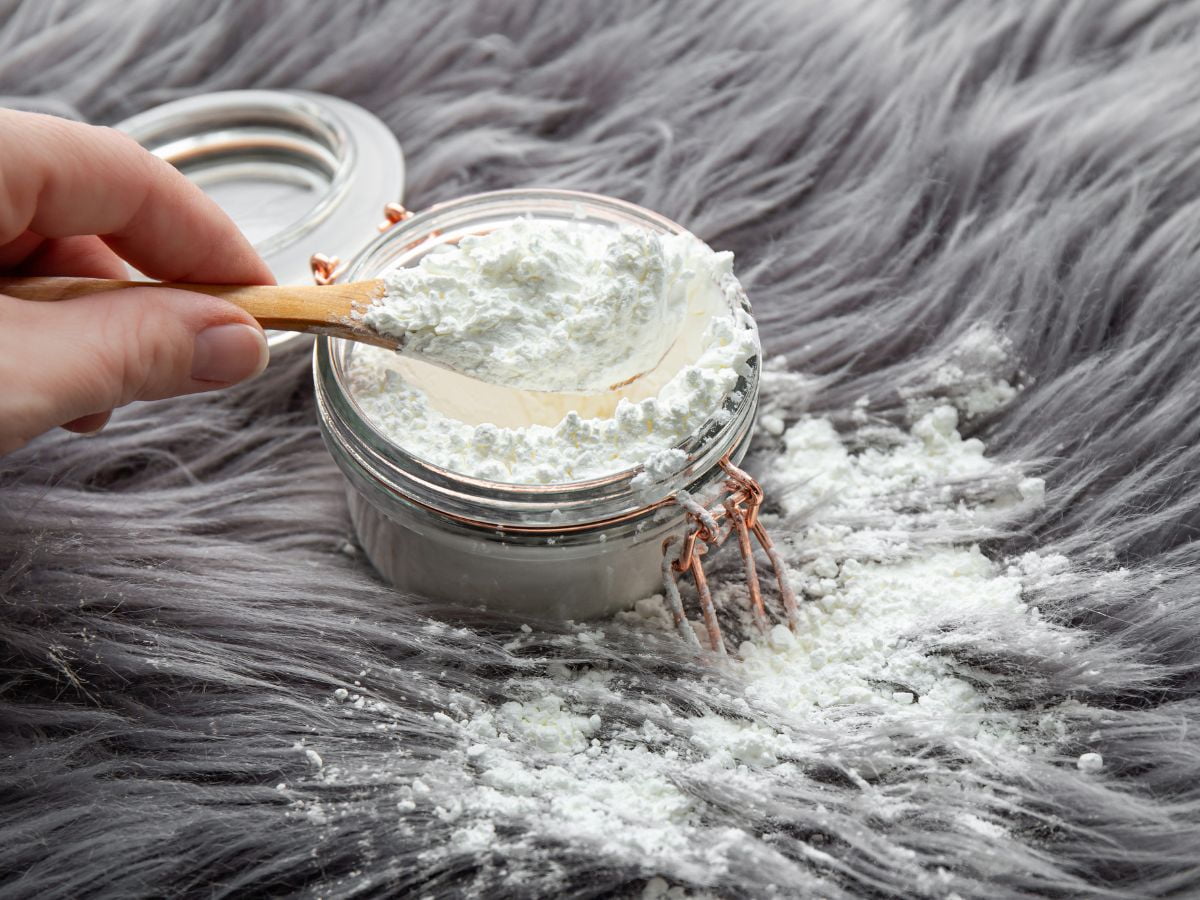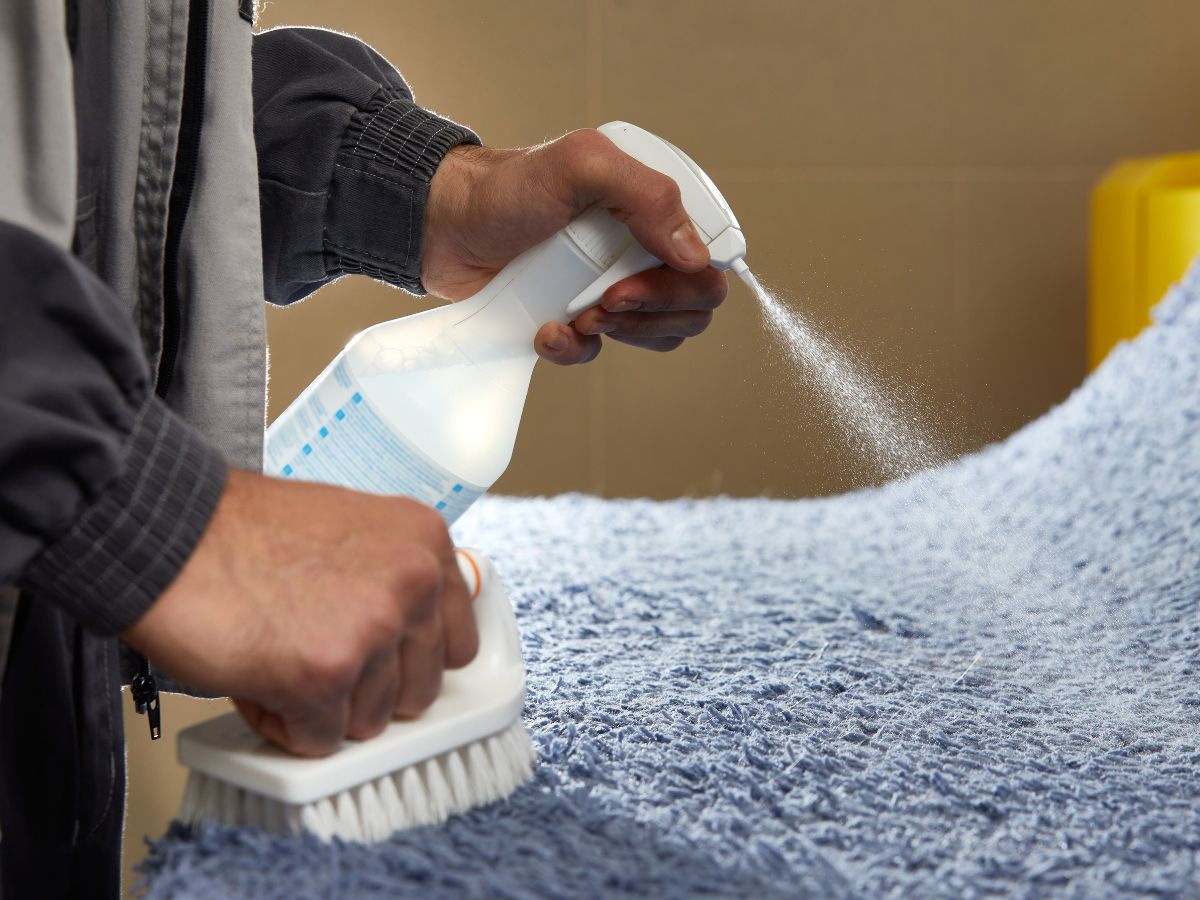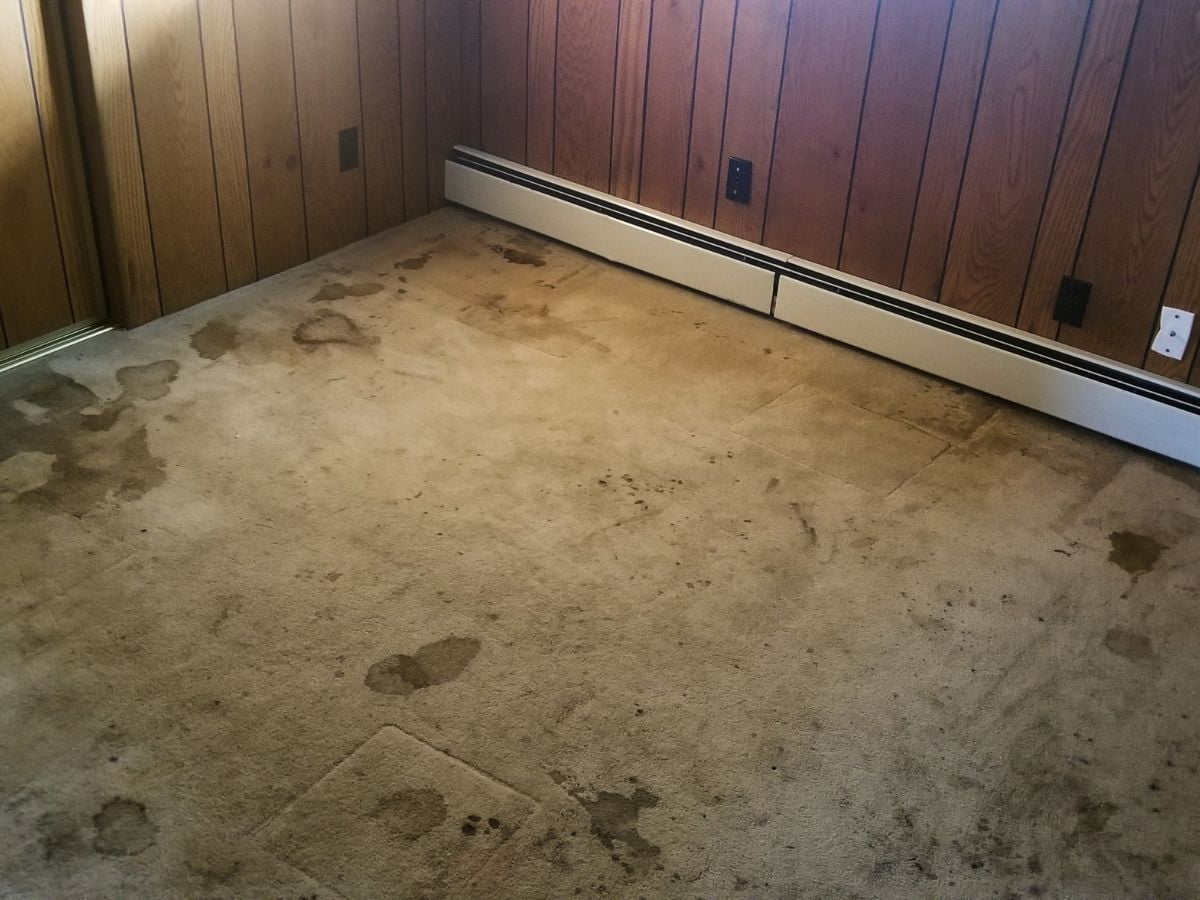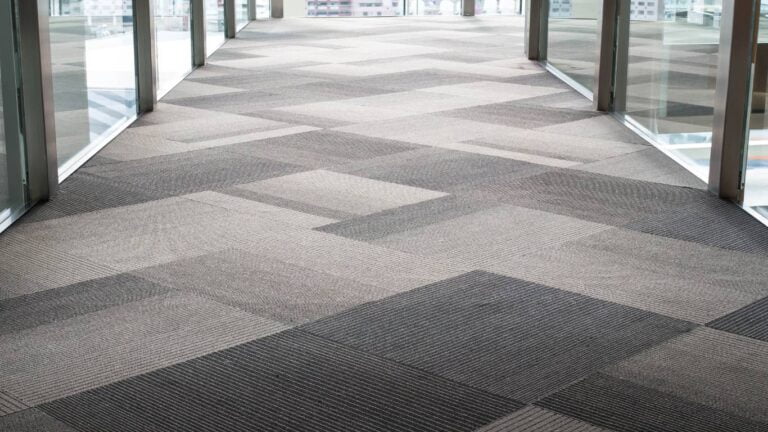Discovering how to get water stains out of fabric can be a frustrating ordeal, especially when you’re faced with the unsightly marks left by evaporated minerals. Whether you’re dealing with clothing, upholstery, or other textiles, understanding the nature of the stains and the type of fabric affected is crucial to selecting the right treatment method. From homemade remedies to professional-grade solutions, this article offers comprehensive guidance on addressing water stains effectively. With the right approach, you can restore your fabrics to their original condition, maintain their quality, and prevent future damage.
Understanding Water Stains on Fabric
Types of Water Stains
Water stains on fabrics are usually marked by brown or discoloured spots that remain when water with minerals evaporates from the material. These stains aren’t just unsightly; they’re often tough to get out. The minerals in the water, like calcium and magnesium, are what cause these stubborn blemishes. They can cling fiercely to a variety of textiles, from your clothes to your couch.
How Water Stains Affect Different Fabrics
The effect of water stains can differ greatly among various fabrics. Washable items such as your clothes and bedding are typically more forgiving and can usually be treated with common household cleaners. But when it comes to upholstery and carpets, you’ve got to be more careful to avoid any damage.
Delicate fabrics, like silk or vintage textiles, might need a professional’s touch to avoid harm. Remember, the type of fabric will dictate how you should clean it. You’ll want to tread lightly to keep the material in good shape.
Pre-Treatment: Assessing Fabric Type and Stain
Before you try to tackle a water stain, it’s crucial to figure out what kind of fabric you’re dealing with and what the stain is like. Acting quickly is the secret to getting rid of the stain, as the longer it sits, the harder it is to remove. Always check the care label for any special cleaning directions.
It’s smart to test any cleaning solution on a hidden part of the fabric first to make sure it won’t cause more trouble. For pre-treatment, don’t start by rubbing the stain, as this can push it deeper into the fabric. Instead, use a stain removal gel or stick to prep the area before washing.
For washable items, a normal wash cycle with cold water and liquid laundry detergent is your best bet. Then, let it air dry away from direct sunlight to avoid setting the stain. If the stain is still there, you might repeat the process or try using an iron on the spot without steam, if the fabric’s care label says it’s okay.
With carpets and upholstery, you need to be gentle. A mix of distilled white vinegar and water can be used to moisten the stain, then blot it with a white microfiber cloth. Stay away from scrubbing too hard to prevent damage.
After cleaning, drying the area well is key to stop mould and mildew from growing, which can cause health problems and damage your property. A hairdryer on a low or cool setting can speed up the drying.
If water stains are really stubborn, or if the fabric is delicate or valuable, it’s a good idea to call in professional cleaners. They’ve got special techniques and solutions that can get rid of water stains without ruining the fabric. Plus, for items that have come into contact with contaminated water, like from floods, a more thorough cleaning and disinfection might be needed to make sure everything’s safe and clean. View our stain removal services here.
Immediate Response to Fresh Water Stains
When you encounter fresh water stains on fabrics, such as those on couches and carpets, it’s imperative to take prompt and appropriate action. Water can carry impurities that leave residues, which may lead to mould growth and trigger allergies if not addressed quickly. The source of the water, whether leaks, floods, or spills, necessitates immediate attention to minimise damage and prevent the stain from becoming permanent.
Blotting Technique
The blotting technique is your initial strategy against a new water stain. Employ a clean, white cloth to gently dab at the stain, absorbing as much moisture as possible. It’s crucial to refrain from rubbing or scrubbing the fabric, as this can exacerbate the stain and potentially harm the fibres.
For washable items like clothes, curtains, or bedding, applying a laundry stain remover before proceeding with a regular wash can be beneficial.
Rinsing with Cold Water
Following blotting, rinsing the stained area with cold water can aid in removing any lingering impurities. For upholstery, a blend of distilled water and distilled white vinegar should be tested on an inconspicuous area to confirm it won’t alter the fabric’s colour or texture.
Once safety is assured, apply the mixture by blotting to moisten the stained area without drenching it.
Avoiding Heat and Scrubbing
Avoiding heat is crucial, as it can cause the stain to become fixed in the fabric. After applying the vinegar mixture, cover the area with white paper towels and place a weight on top to help absorb the moisture. This approach is also applicable to carpets, using a cleaning solution of dish soap, distilled white vinegar, and water.
Subsequently, cover the treated area with dry towels or paper towels, replacing them regularly to draw out moisture.
For carpets, when the area is slightly damp, you can sprinkle baking soda to combat any odours. Let it sit for a minimum of eight hours before vacuuming. During the drying phase, for upholstery or carpet, a handheld hair dryer on a cool or warm setting can facilitate the drying process.
Keep the dryer at a safe distance, moving it steadily until the fabric is dry.
Incorporating preventative measures against water stains is also advisable. This includes promptly addressing leaks, ensuring adequate weatherproofing, and utilising vent fans in moisture-prone areas. These actions will help safeguard your fabrics from water-related harm and contribute to a clean, healthy living space.

Homemade Solutions for Water Stains
Vinegar and Water Mixture
Combining distilled white vinegar with water creates a potent solution for tackling water stains. For an effective homemade cleaner, blend 1 tablespoon of dishwashing liquid, half a cup of vinegar, and 2 cups of cool water. This mixture not only removes stains but also deodorises the fabric.
Apply the solution by dabbing gently with a microfiber cloth, which is delicate enough to avoid damaging the fabric while effectively addressing the stain.
Baking Soda Paste
Baking soda, known for its cleaning versatility, is particularly effective against calcium deposits and hard water stains. Create a paste using equal parts baking soda and water or vinegar, tailored to the specific cleaning situation and the surface in question.
Apply the paste to the affected area and allow it to sit for approximately 10 minutes. Afterward, spray with a vinegar and water solution, let it react, and continue to work on the stain with a sponge. Finish by rinsing with warm water to remove any residue.
Lemon Juice and Salt Method
Lemon juice, rich in citric acid, excels at removing hard water stains due to its ability to bind with metal ions and minerals. For a gentle cleaning solution, combine one-third cup of lemon juice with two-thirds cup of water and apply it to the stain.
For persistent stains, apply lemon juice directly, followed by a sprinkle of salt. The combination of the salt’s abrasiveness and the acidity of the lemon juice can be effective in lifting the stain. After treatment, rinse with water and launder as usual if necessary.
Allowing the fabric to dry in sunlight can further help in reducing any remaining discoloration.
Before using these homemade solutions, always conduct a spot test on an inconspicuous area to ensure the fabric’s integrity. While these methods are effective for many water stains, some may require professional cleaning services, particularly if the stains are tenacious or the fabric is delicate.
Commercial Cleaners and Stain Removers
For those preferring store-bought options, a variety of commercial cleaners and stain removers are available, each formulated for specific upholstery materials.
Choosing the Right Product
Selecting an appropriate cleaner is essential for effective stain removal without fabric damage. For general water stains, a simple solution of distilled water and white vinegar is often sufficient, particularly for sensitive textiles.
For more persistent stains, specialised upholstery cleaners are designed to break down and remove the residues. It’s advisable to begin with gentler solutions before progressing to more potent chemicals.
Products such as baking soda can be used to neutralise odours post-cleaning. For leather, a kit containing a cleaner, conditioner, and suitable applicators can refresh the material safely.
Spot Testing for Colorfastness
Conducting a colorfastness test is crucial before applying any cleaner to the upholstery. Apply a small amount of the solution to an inconspicuous area and press a white cloth against it to check for colour transfer.
If there’s no discoloration on the cloth, you can proceed with treating the stain.
Step-by-Step Application
After selecting and testing your cleaner, vacuum the upholstery to remove surface dirt. Apply the solution with a white cloth, taking care not to saturate the fabric.
After addressing the stain, place a stack of white paper towels over the area and apply a weight to ensure contact. Allow the upholstery to dry naturally or use a hair dryer on a cool to warm setting, avoiding high heat.
For those using an upholstery cleaning machine, such as the Bissell SpotClean Pro, follow the manufacturer’s guidelines. These devices often come with various attachments that enhance the cleaning process, like brushes for pet hair or tools for hard-to-reach areas. The goal, regardless of the method, is to restore your upholstery to its pristine condition.

Prevention and Maintenance of Fabric Quality
Regular care and preventive measures can greatly reduce the wear and tear fabrics face over time. Knowing the right techniques and when to call in the pros can help keep your fabric looking like new.
Regular Fabric Care Tips
The foundation of fabric maintenance is consistent cleaning. Dust and dirt can speed up the deterioration of fabric, so it’s smart to vacuum upholstered furniture with an upholstery attachment. Don’t forget to clean the nooks and crannies between fabric casings and cushions, which can stop feathers or other fillings from poking through and causing damage.
If you’ve got removable cushions, make sure they’re not overlooked. Flipping, rotating, and fluffing them on a regular basis ensures even wear and can extend your furniture’s lifespan. This habit spreads out the wear and tear and helps avoid permanent dents or sagging.
Positioning your furniture out of direct sunlight or using window treatments to soften the light can shield your fabric from fading and weakening.
Protection Against Future Stains
Tackling stains right away is key. Blotting spills with a clean, dry, white cloth without rubbing can stop the stain from setting. A bit of cleaner, gently worked in with your fingertips, followed by blotting from the outside in, can be effective for getting rid of stains. If needed, a rinse with distilled water might be suggested, followed by drying with a hair dryer on a low setting to prevent moisture rings.
For tougher stains, a mix of bleach and water might do the trick, with careful dabbing and gentle brushing. Rinse, blot, and air dry to finish up. You might need to repeat these steps with a stronger bleach solution for stubborn stains.
To give your fabrics extra protection, products like Scotchguard Fabric Protector can be used. These protectors guard the fabric from stains and spills without changing the fabric’s natural feel or breathability. They’re applied by spraying an even coat onto the fabric until it’s damp, making sure the room is well-ventilated during the process. After treatment, let the fabric air dry, and any white marks can be wiped away with a damp cloth.
When to Seek Professional Cleaning Services
Even with regular upkeep, there’ll come a time when you’ll need professional cleaning services to give your upholstery a deep clean and a fresh look. Pros start by checking out the furniture to tailor a cleaning plan, considering the fabric’s cleaning code, which tells them whether to use a water-based or solvent-based cleaner.
Professional cleaners can get rid of dirt, bring back colour, and refresh your upholstery. They’ve got the know-how for different types of upholstery, including Microfiber, Jacquard, and Velvet. They also provide deodorising services to get rid of any funky smells and can apply protective coatings to help your furniture fend off future stains.
For leather furniture, a special routine is followed, starting with an inspection to figure out the leather type. A pH-balanced cleaner is used to break down built-up dirt, followed by a conditioner to keep the leather soft and full of its natural oils.
Request a quote for stain removal here.
Restoring Elegance to Your Fabrics
Water stains don’t have to be the end of your fabric’s flawless appearance. With timely intervention, the right cleaning concoctions, and gentle techniques, most water stains can be successfully removed, preserving the beauty and longevity of your textiles.
Whether you’re using simple household solutions or commercial products, the goal is pristine, vibrant upholstery and carpets, free from unsightly spots. For those challenging moments when a stain seems relentless, remember that professional cleaning services are your allies, equipped with the expertise and advanced methods to revive even the most delicate of fabrics.
Take pride in your environment; keep it clean, fresh, and inviting. With the tips provided, you’re well-prepared to maintain and protect your upholstered treasures, ensuring a comfortable and elegant setting for all who step into your space.




